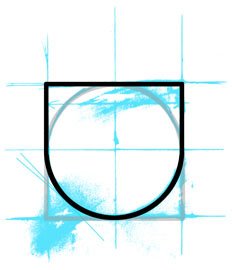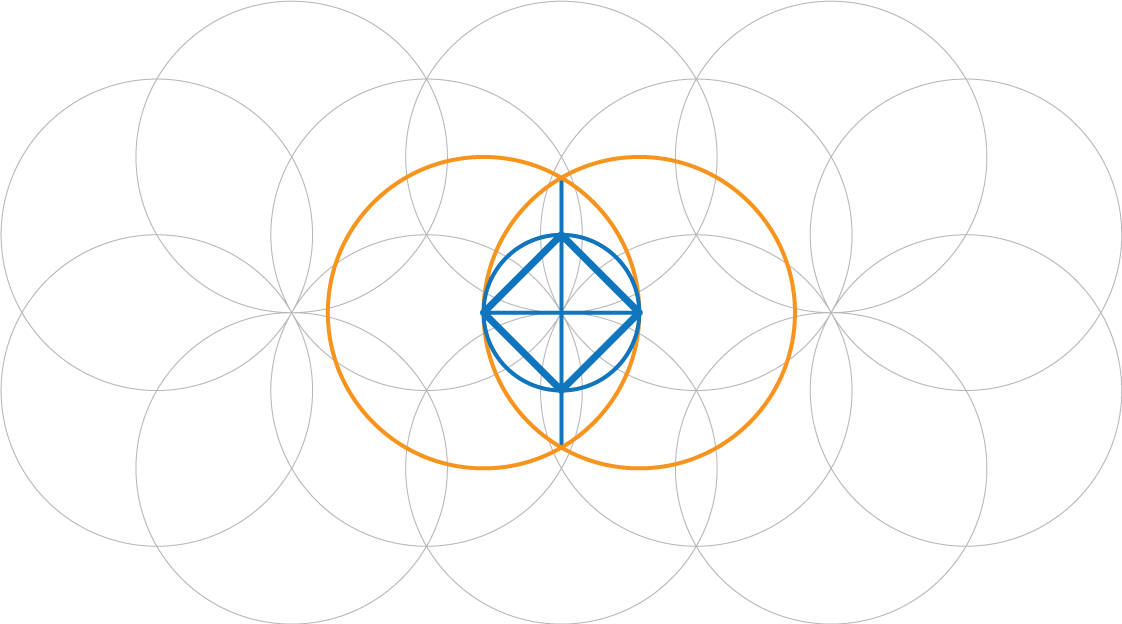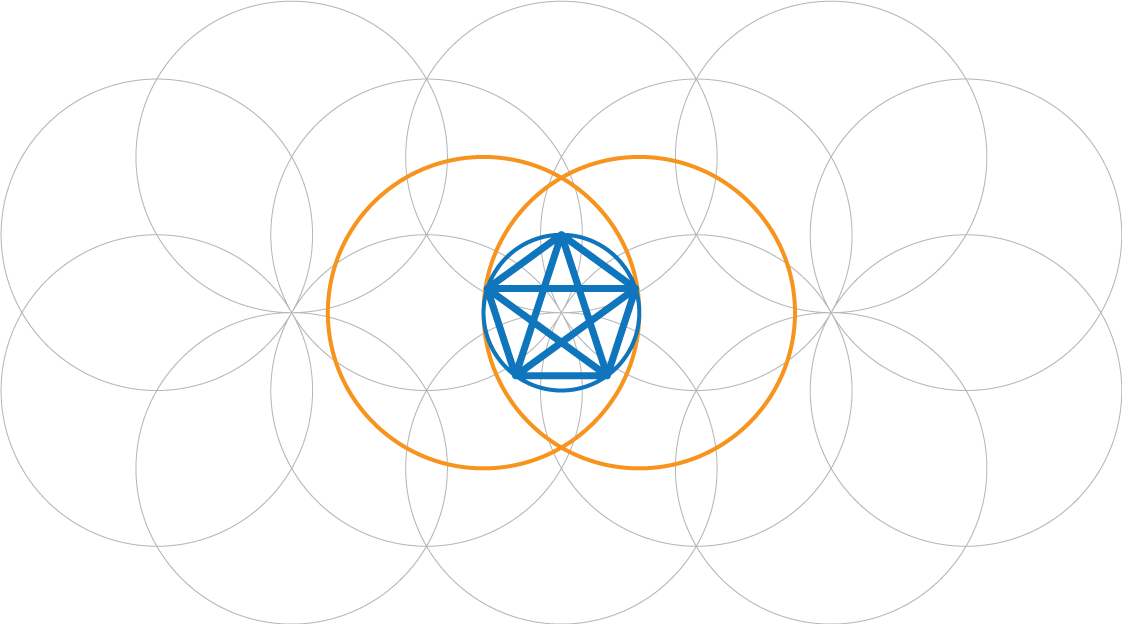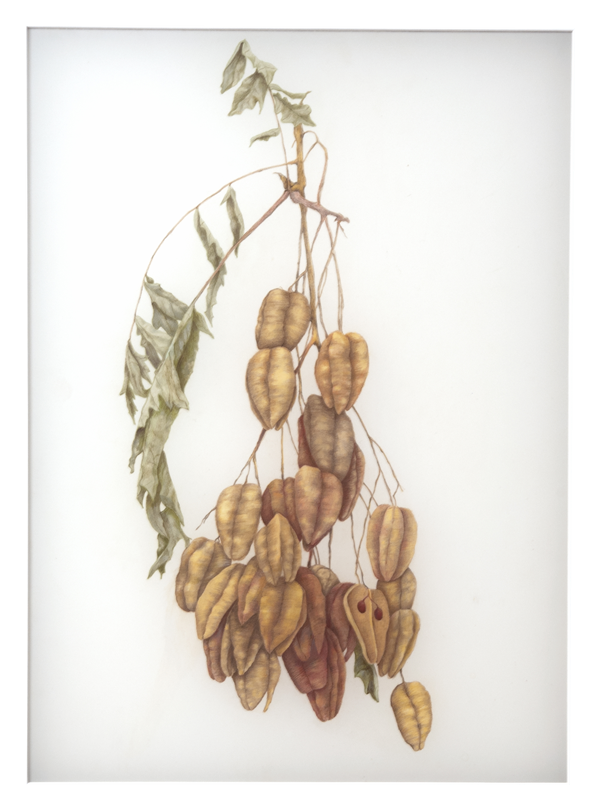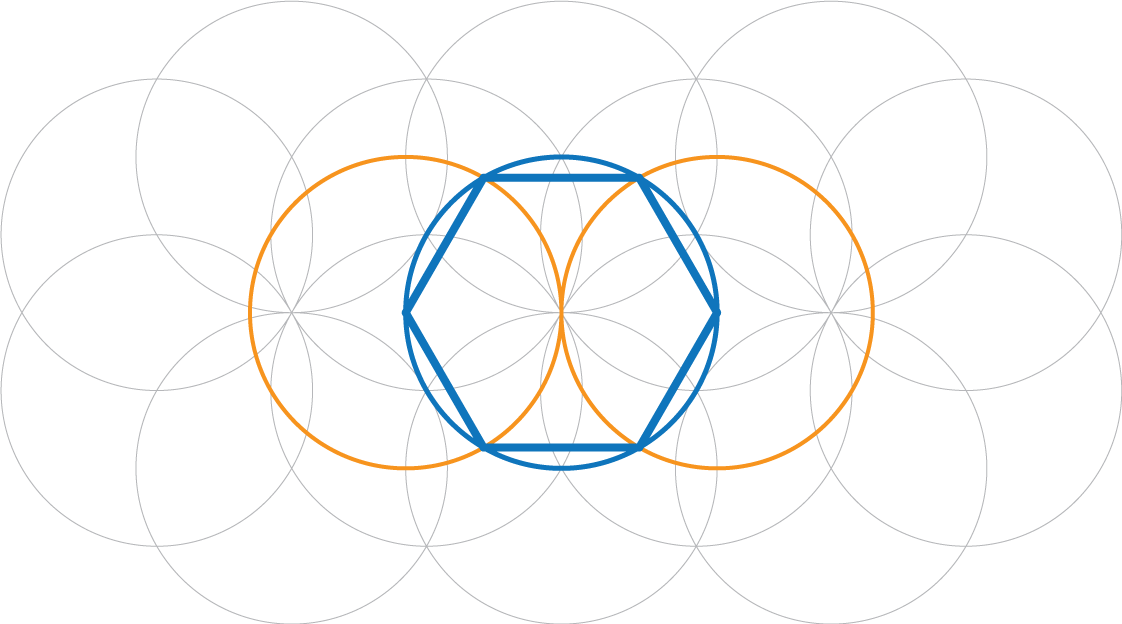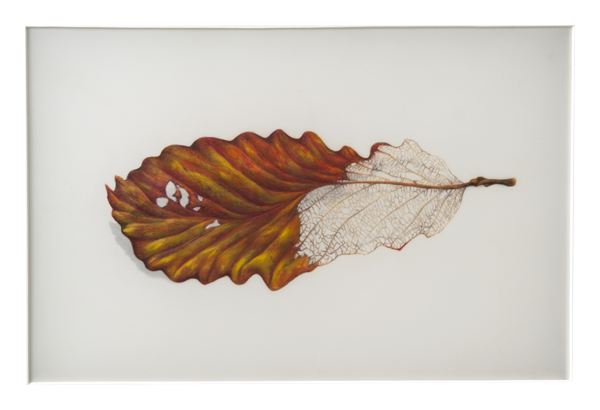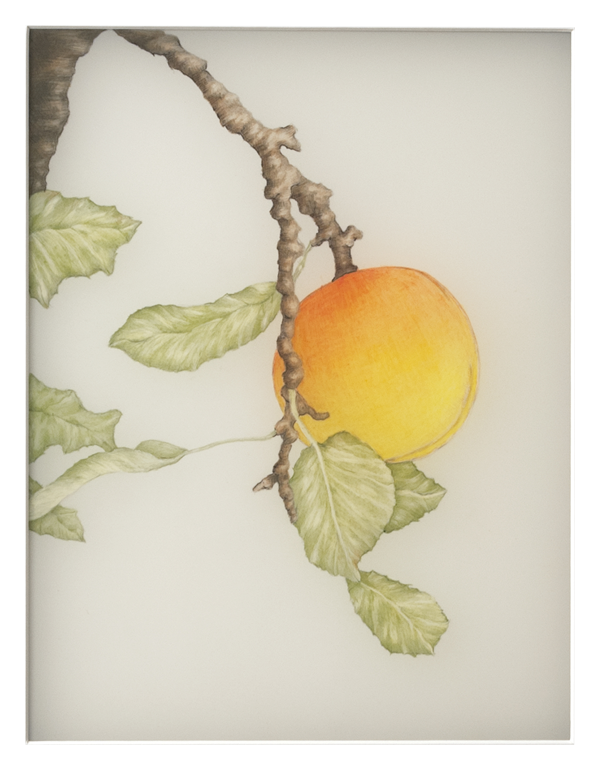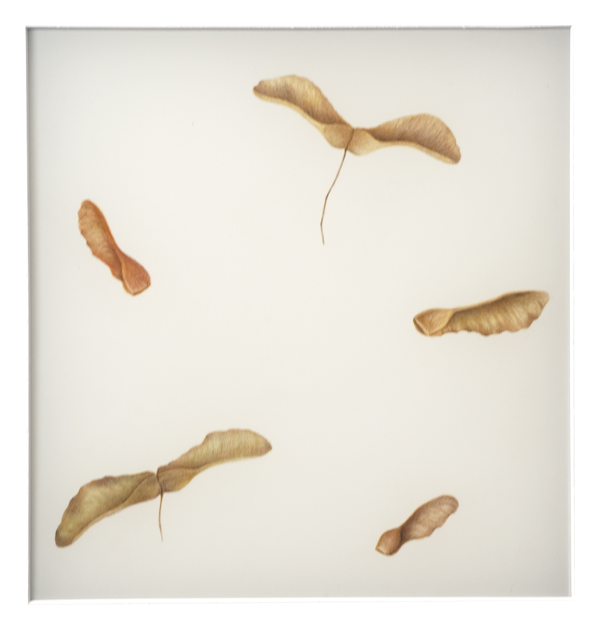Numbers to us in the “modern” era represent quantities. They show us amounts. It wasn’t always like this. People have always known that numbers keep track of quantities, but that’s a small aspect of their use. They had a deeper Truth. By seeking to understand this Truth, numbers reveal to us something about the nature of inter-relationships from the macrocosmic to the microcosmic.
Artists and Scientists alike studied numbers as well as math, chemistry, geometry, and aesthetics. These two fields in concert provided an understanding of the whole. Today, we’re simply utilitarian – we count things with numbers and this leaves us ignorant to the harmony of how things work together. Art and Science were complementary opposites. They did not oppose each other; they worked together. The study of numbers shows us this.
Wolfgang Pauli was a famous theoretical physicist. He worked with Werner Heisenberg and others who attained notoriety for their work in quantum physics. When this work led to the development of the atomic bomb, Pauli was personally forced to confront the moral dilemma resulting from this development which he saw as symptomatic of a broader concern: that of the need to focus beyond the rational realm. Science’s exclusively rationalistic perspective had fostered a perilous “will to power” that puts all life at risk. He believed that “There cannot be only one approach to the Secret of Being: there must be at least two, namely the material happenings on the one side and the psychic mirroring of it on the other side.” He began a working relationship with Carl Gustav Jung to address this dilemma. Their letters helped shape each other’s field of study. From this reference, Jung posed the question: what do two incommensurables like psyche and matter have in common? Jung’s answer was number. Jung believed from his dreams and a myriad of sources that the common ground between psyche and matter rested in the mystery of whole numbers, particularly one through four. He saw them as the simplest and most fundamental of the archetypes, in that they are directly related to both psyche and matter – to the former mathematically, to the latter symbolically.
Perhaps the unseen inter-relationships between numbers can be seen in relatively simple life-forms such as plants. There is a progression with increasing degrees of complexity, but this progression depends on all the prior parts and surrounding influences connecting together in a meaningful way. Not all of the connections can be traced logistically. Unseen connections in wider arenas are vital. You can’t have a bud without the wind (or other propagating vehicle) that brought its plant to a place where it could have leaves and stems and roots. Likewise, 2 is not an obvious component of 7, but without the meaningful complexity of 2, the circuitous progression to 7 won’t happen.
If it seems such ponderings are not “practical”, I ask you to consider the following words of Plato:
“You amuse me,’ I said, ‘with your obvious fear that the public will disapprove if the subjects you prescribe don’t seem useful. But it is in fact no easy matter, but very difficult for people to believe that there is a faculty in the mind of each of us which these studies purify and rekindle after it has been ruined and blinded by other pursuits, though it is more worth preserving than any eye since it is the only organ by which we perceive the truth. Those who agree with us about this will give your proposals unqualified approval, but those who are quite unaware of it will probably think you are talking nonsense, as they won’t see what other benefit is to be expected from such studies.”
As a final point, I offer the following:
111111111 X 111111111 = 12345678987654321
Now that’s poetry.
